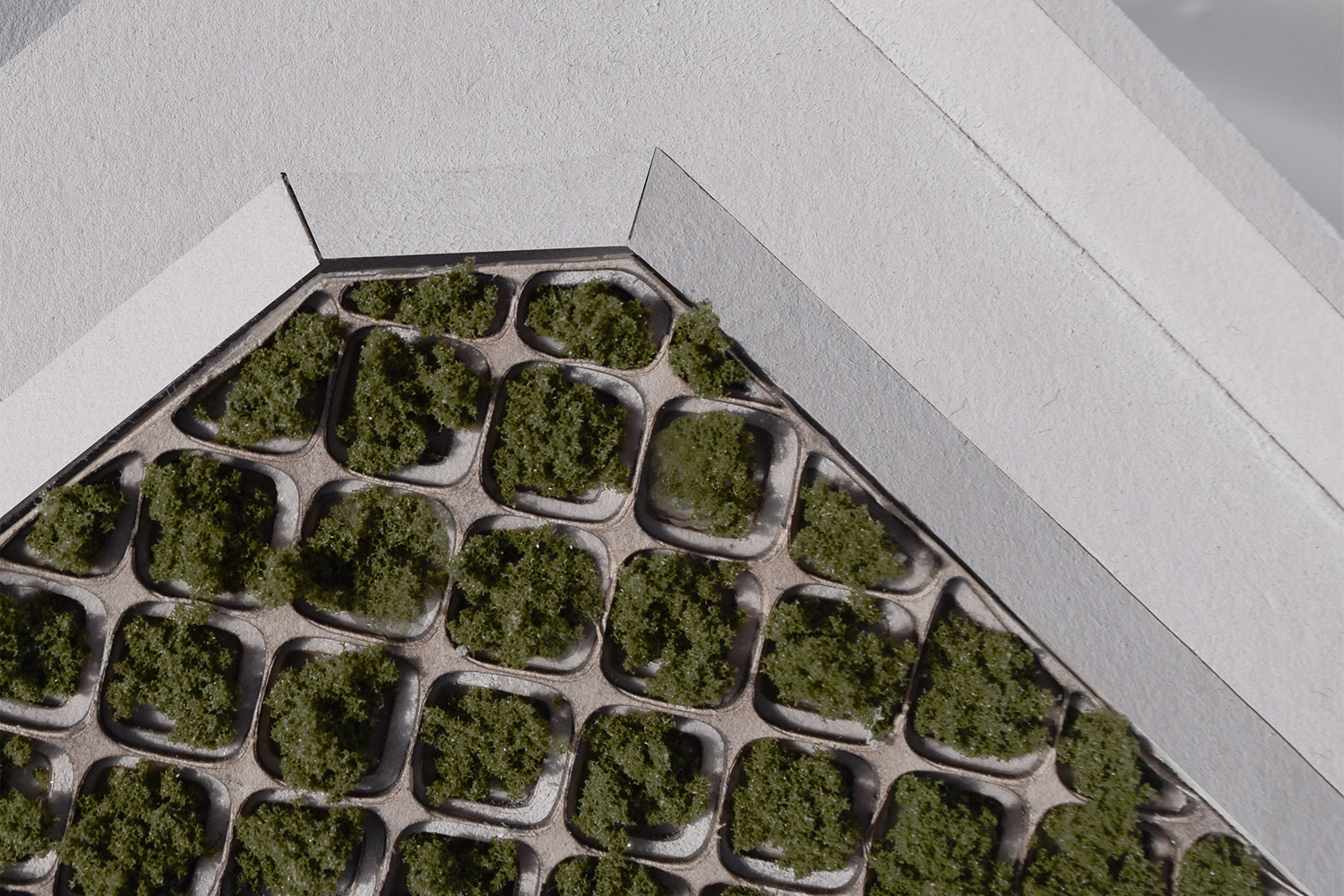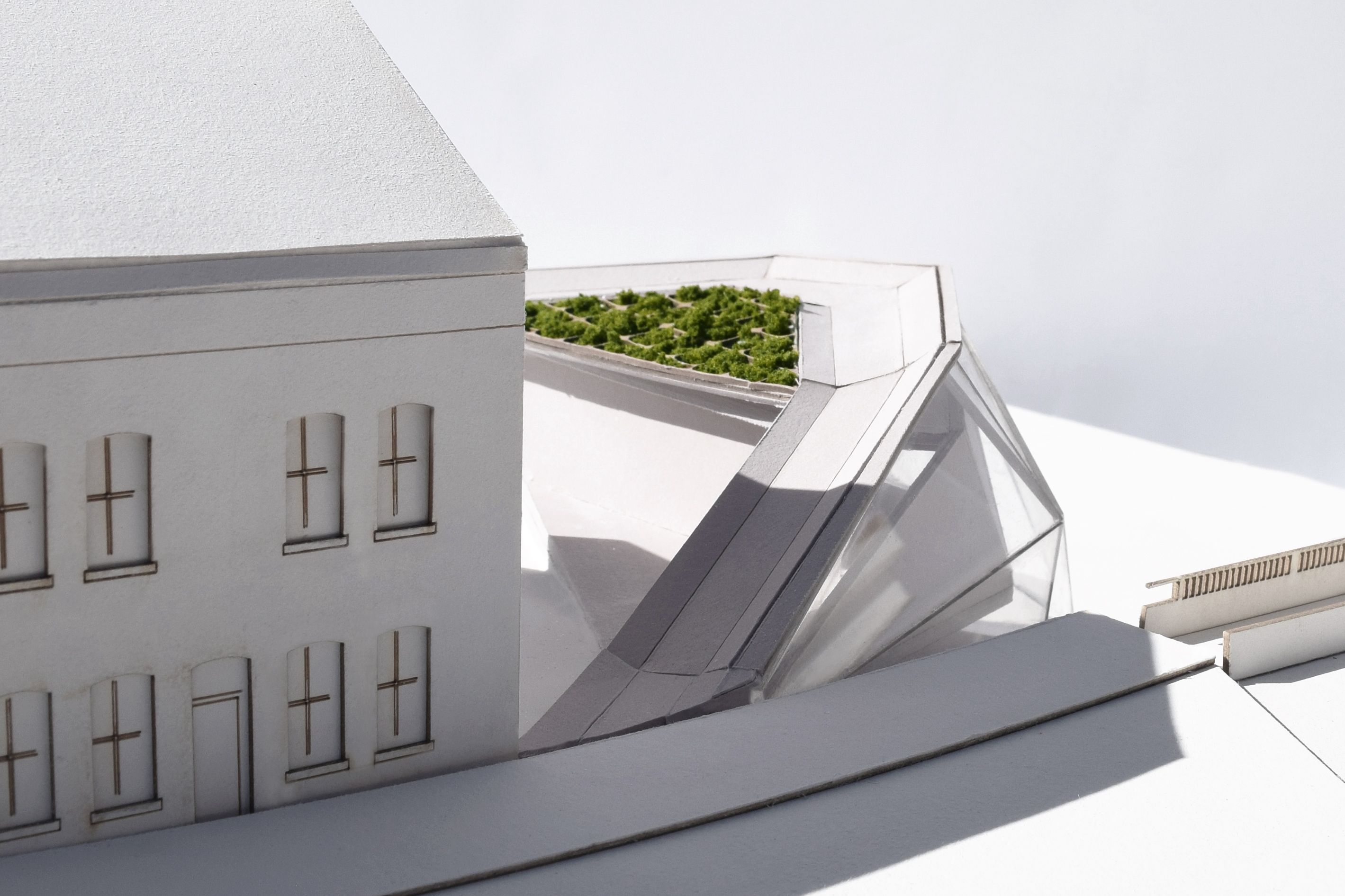embedded greenhouse
Soulard | St Louis, MO38°36’42.3”n -90°12’13.9”w
core studio
spring 2017
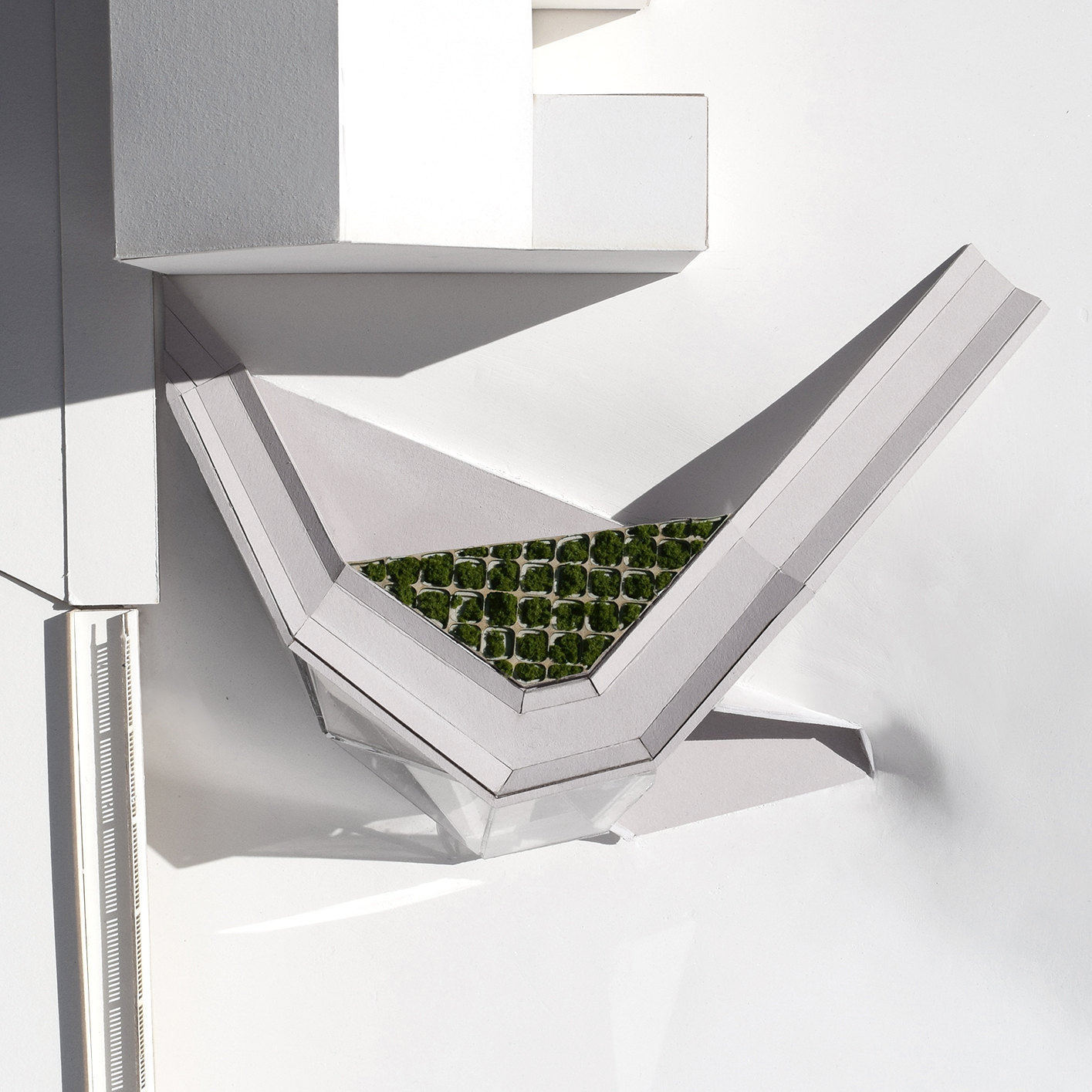
Following a study of a spanish moss, students proposed a greenhouse to host that plant and others, as well as engage with the community through environmental education and the delight of experiencing flora. The Embedded Greenhouse is designed as a self-sustaining structure, its tectonic systems inspired by the plant it is designed to host: Spanish Moss.
propagate
spanish moss flora study


In a week-long exploration of flora, I researched Spanish Moss, a plant native to North America. Spanish Moss thrives in humid environments, growing up to 30 feet long in ideal conditions. This deep study of Spanish Moss and its ecology serves as a microcosm for understanding vaster environmental systems.
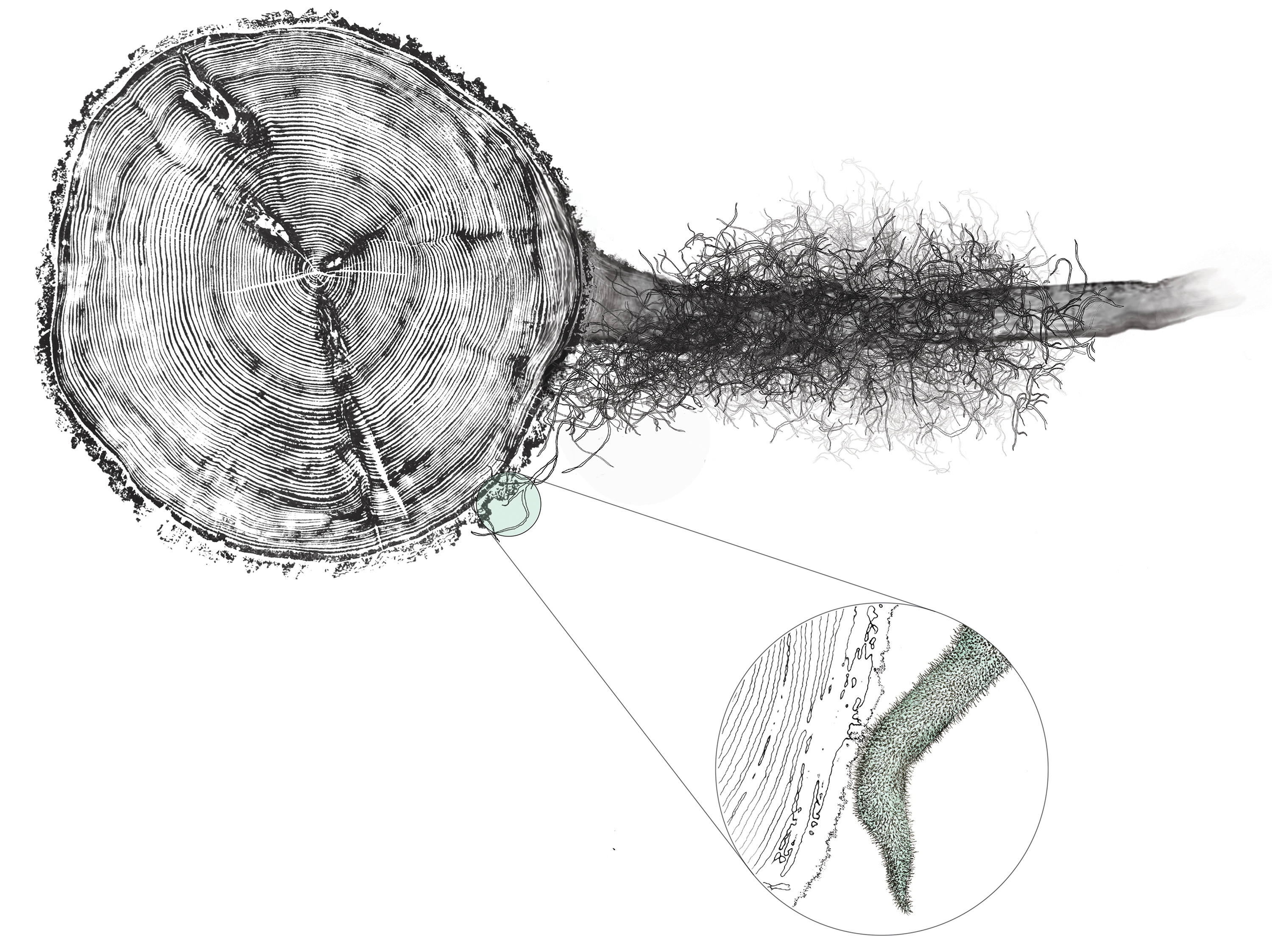
Neither a moss nor lichen, the flowering air plant propagates via both seed dispersal and regrowth of clippings, gaining necessary nutrients epiphytically from its environment by feeding on the detritus from the surrounding air, water, and the bark it hangs upon.
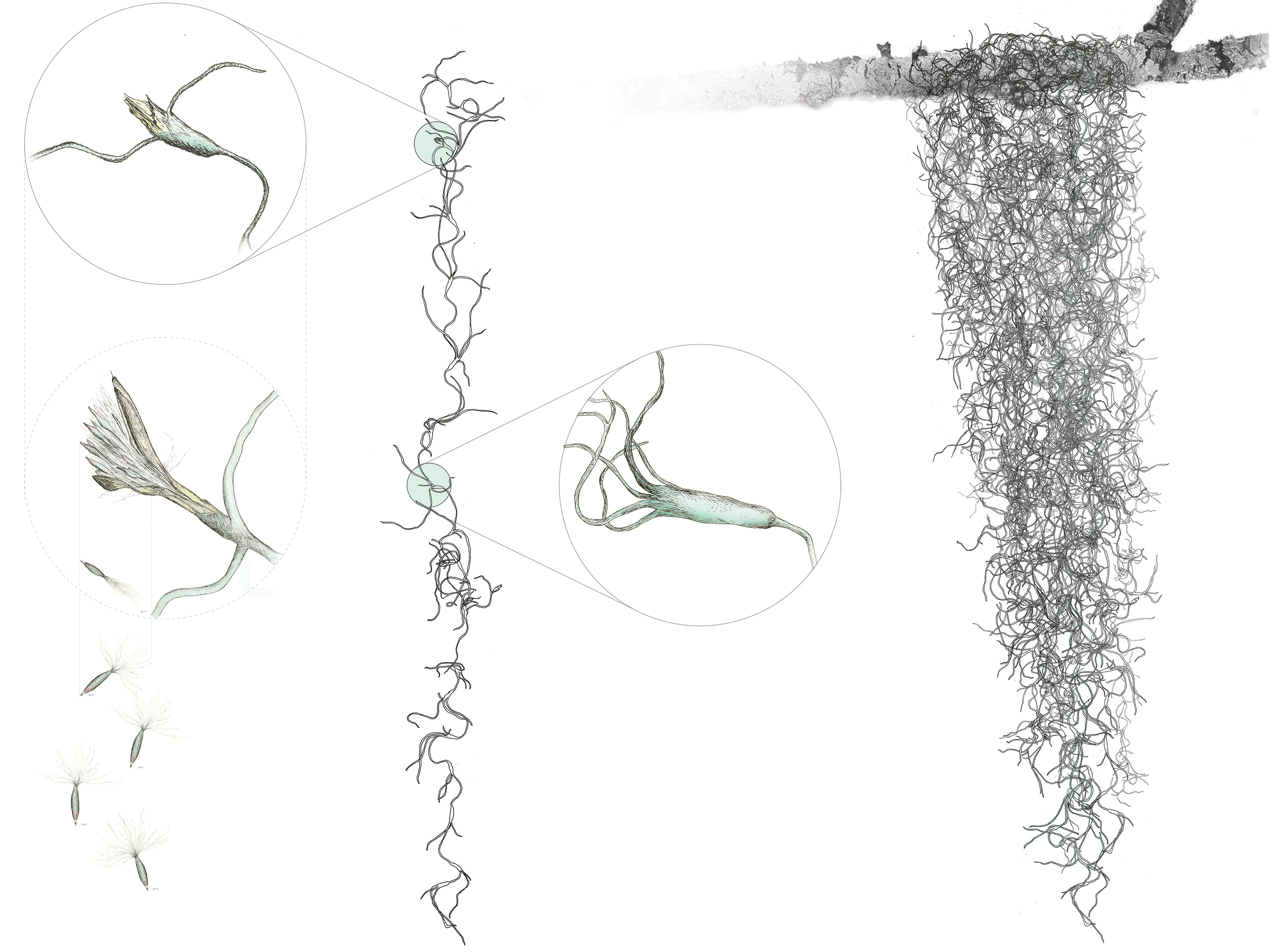
accumulate

The Embedded Greenhouse serves as a self-sustaining collection unit – collecting runoff, highway debris, seeds, and people from the site in Soulard, St. Louis. Each type of collection is compartmentalized into an area of the program that best serves its needs, creating an insular reserve from the urban chaos; a space for people and spanish moss alike.
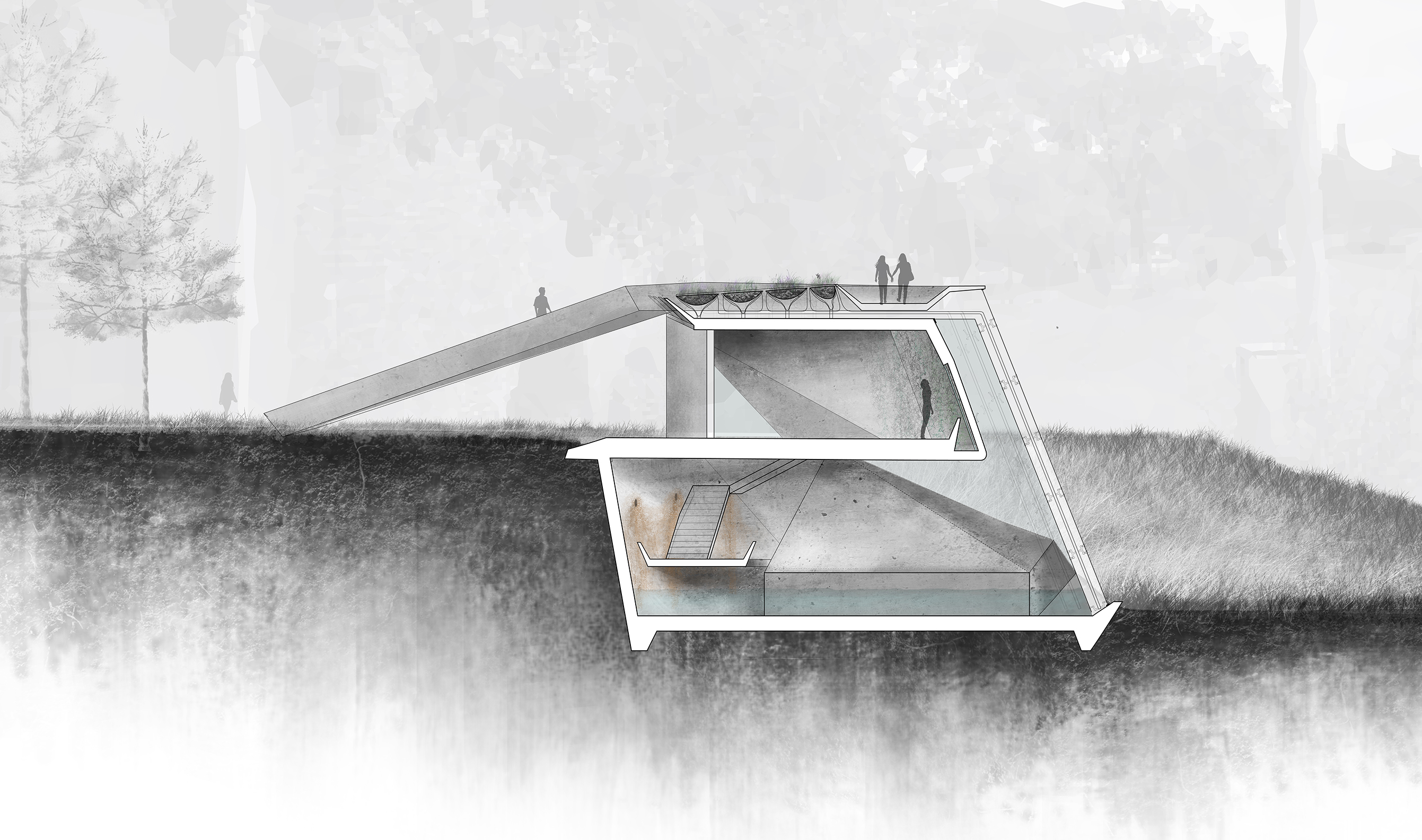
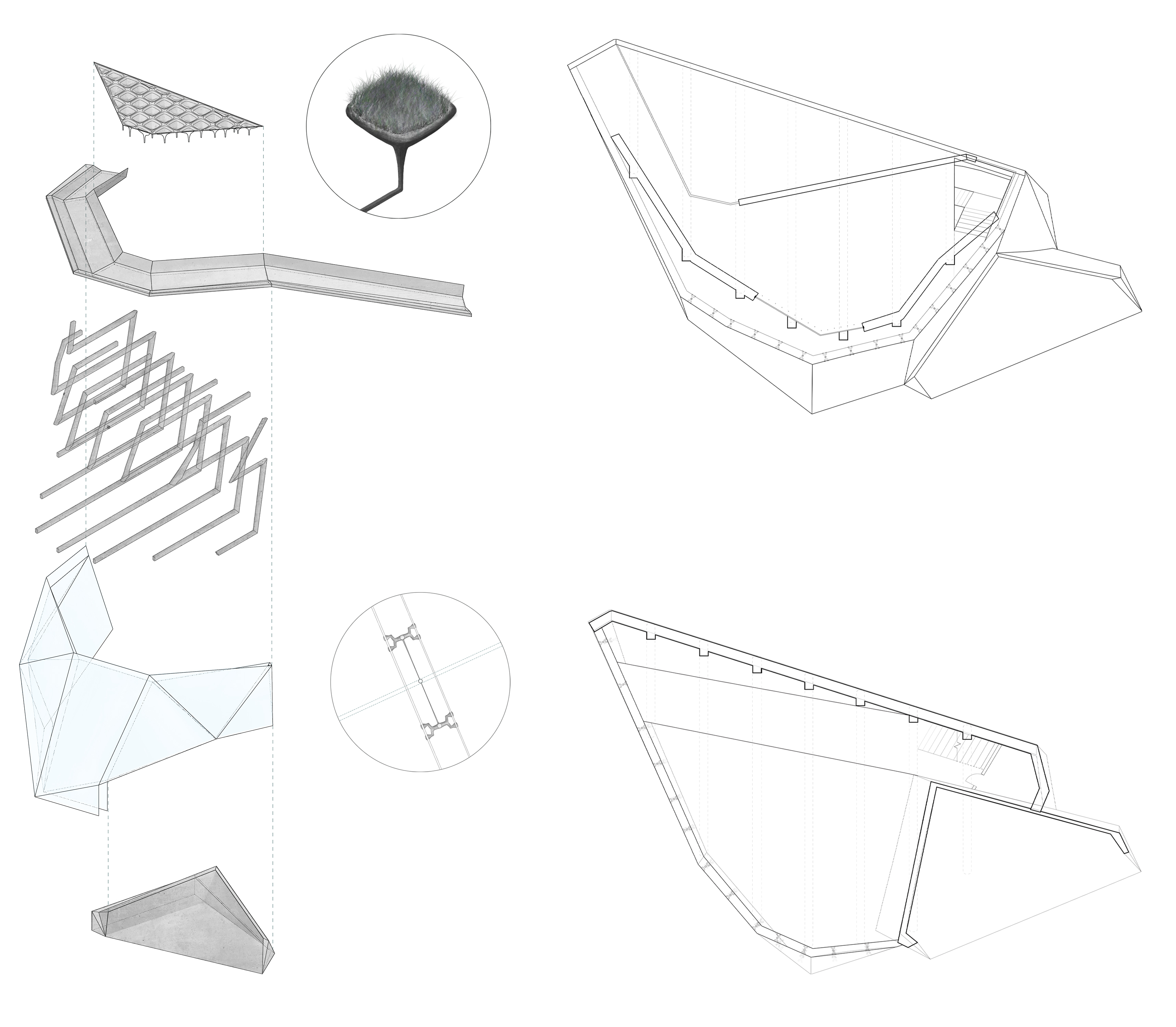
distribute
sustaining via embedding

The lower level pathway floats above pooling groundwater and reveals runoff minerals stains leeching down the wall. The lower level serves as an observatory for the inner-workings of the building - detritus rich water pools toward the glass façade, allowing a series of tubes to navigate the vertical span of the building and distribute this water to the seed collection roof – a space dedicated to fostering native plant growth through the collection of seeds via wind and birds.


